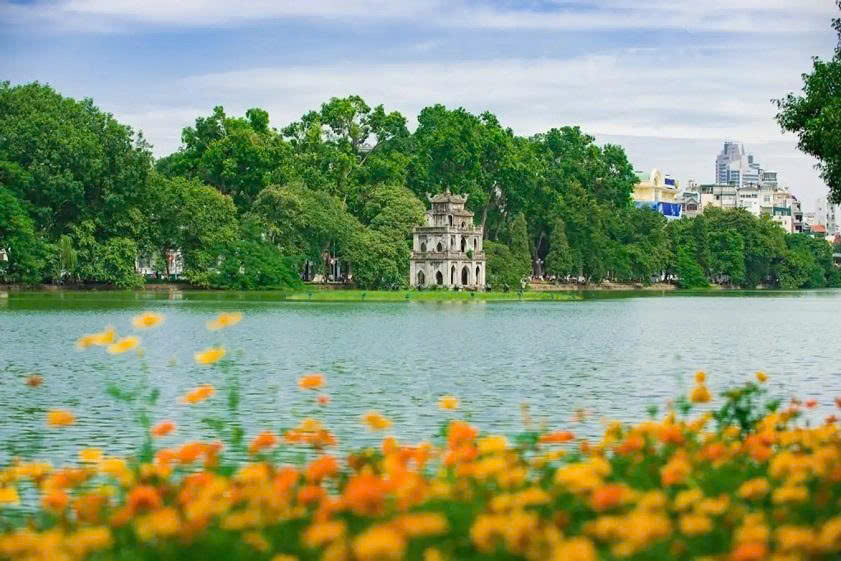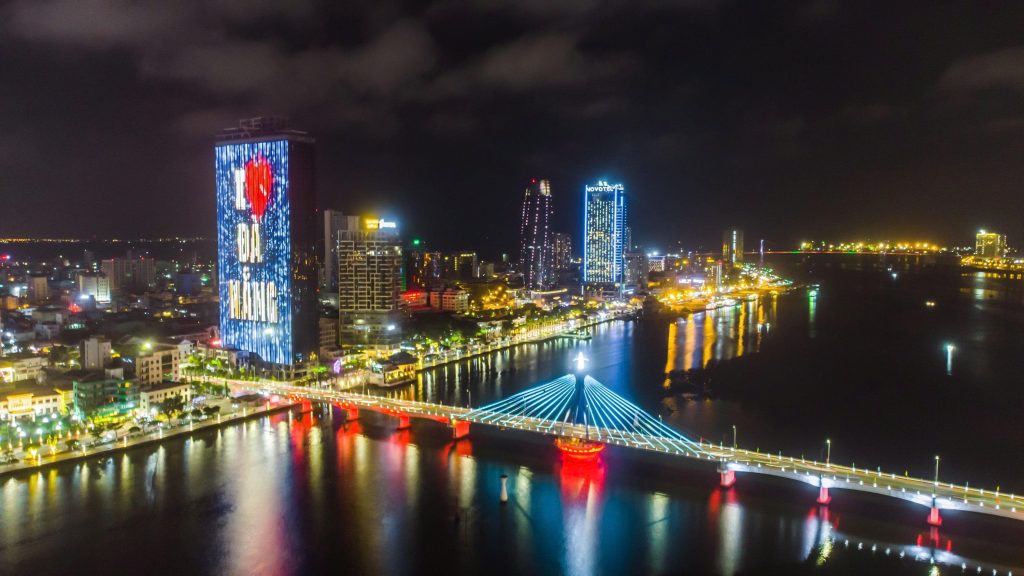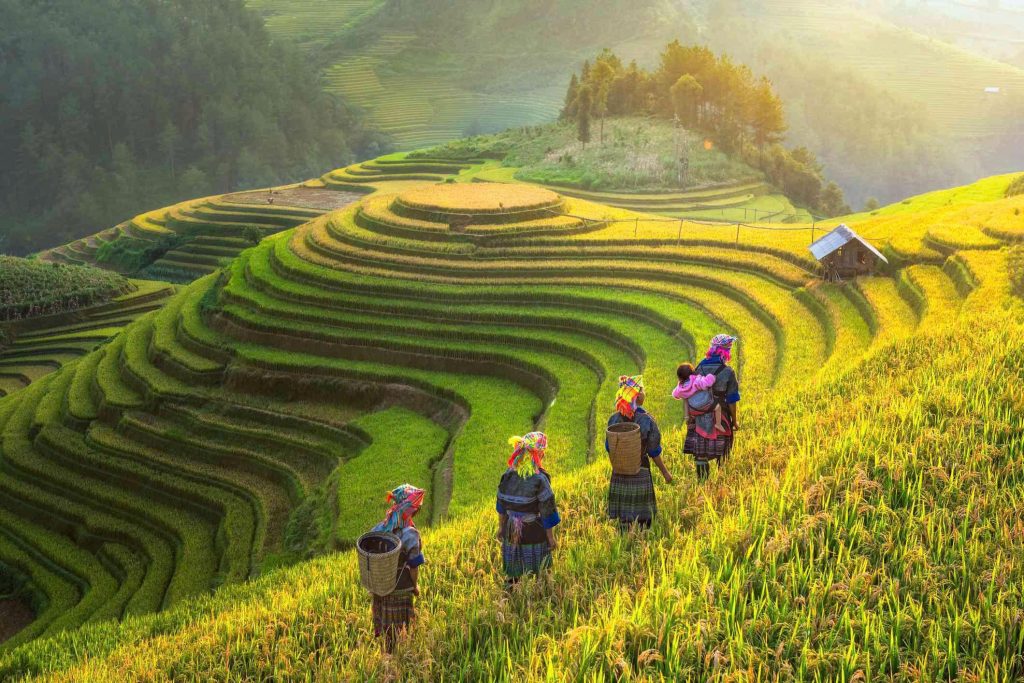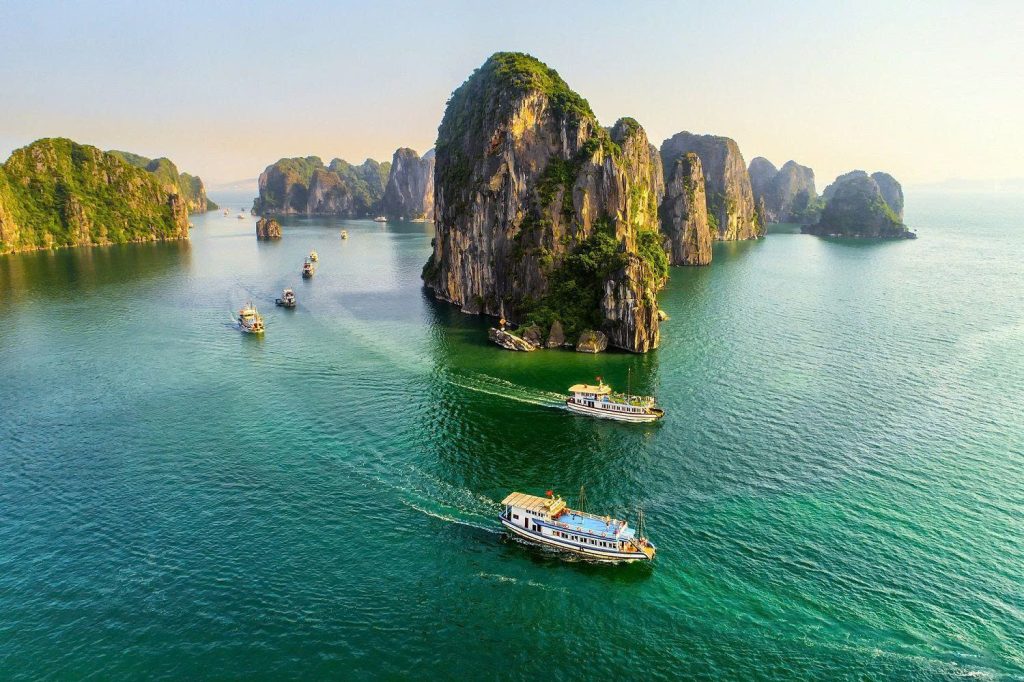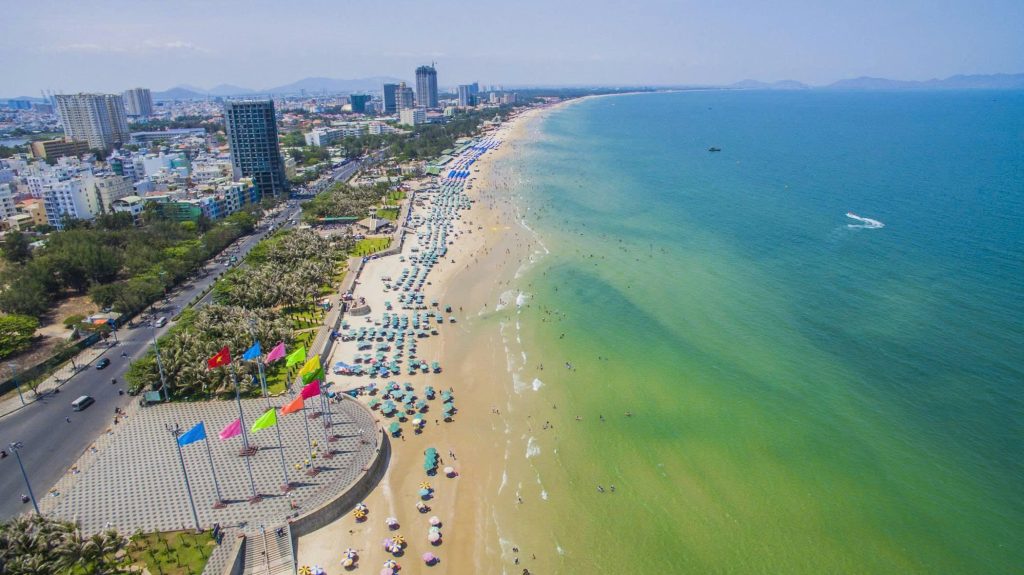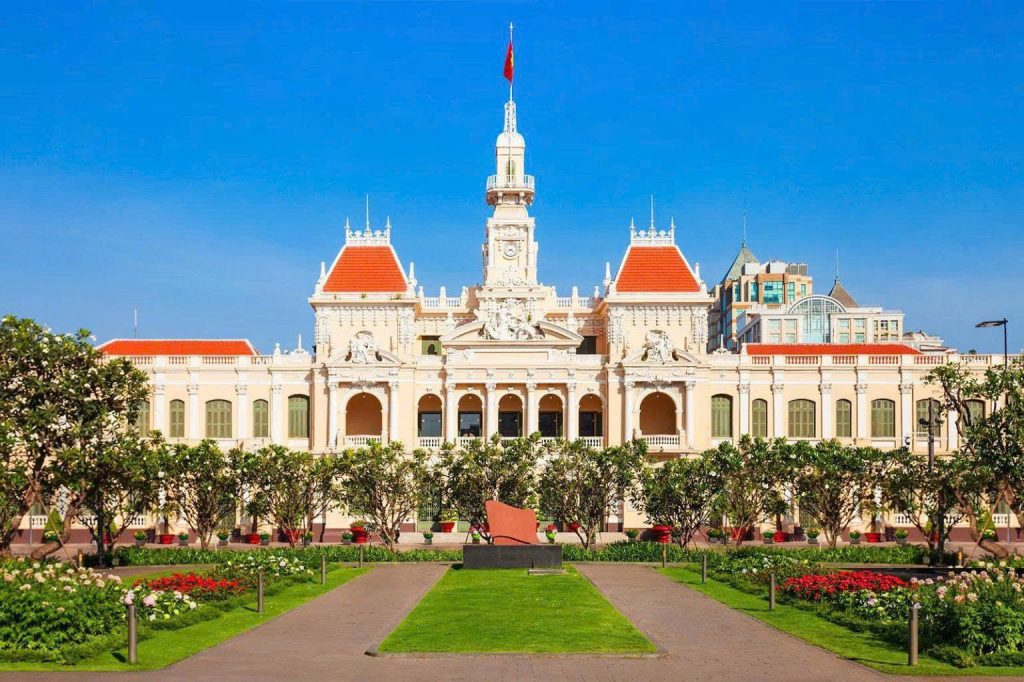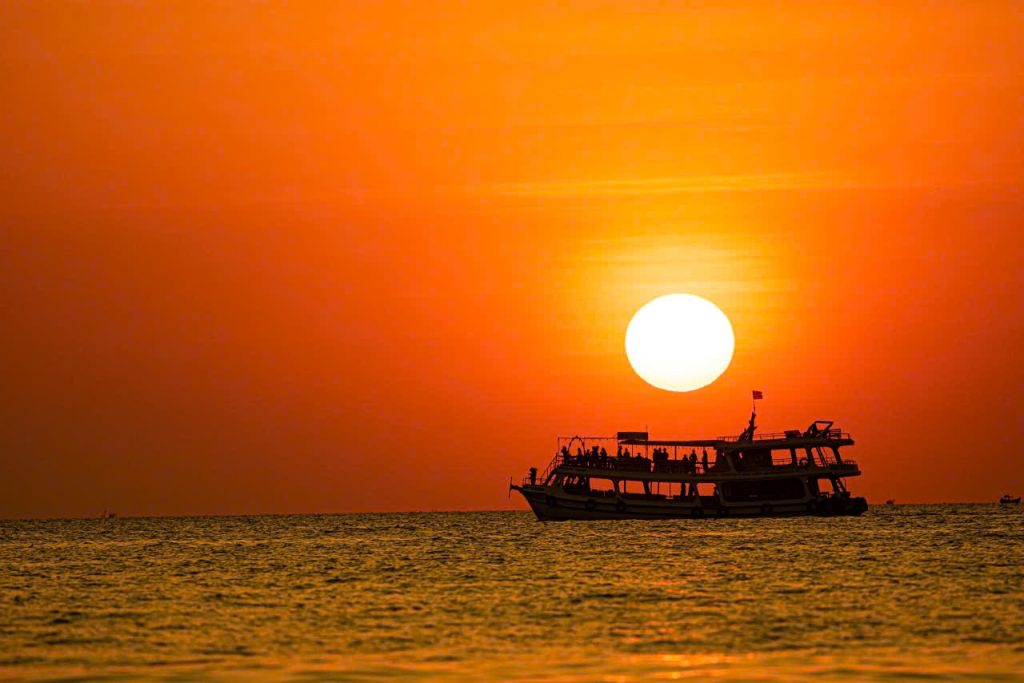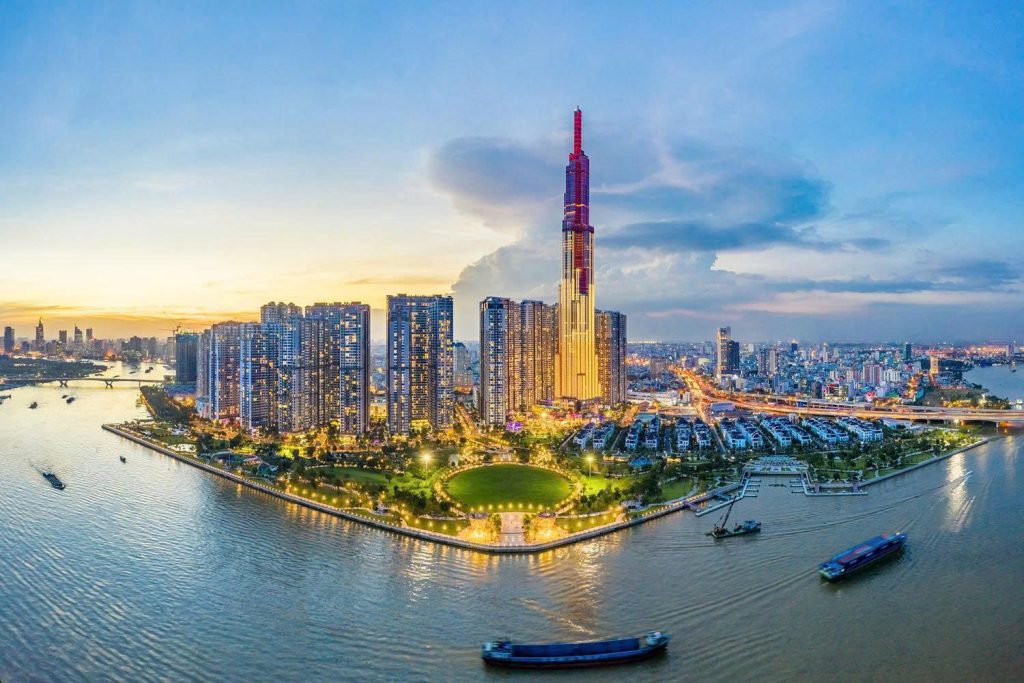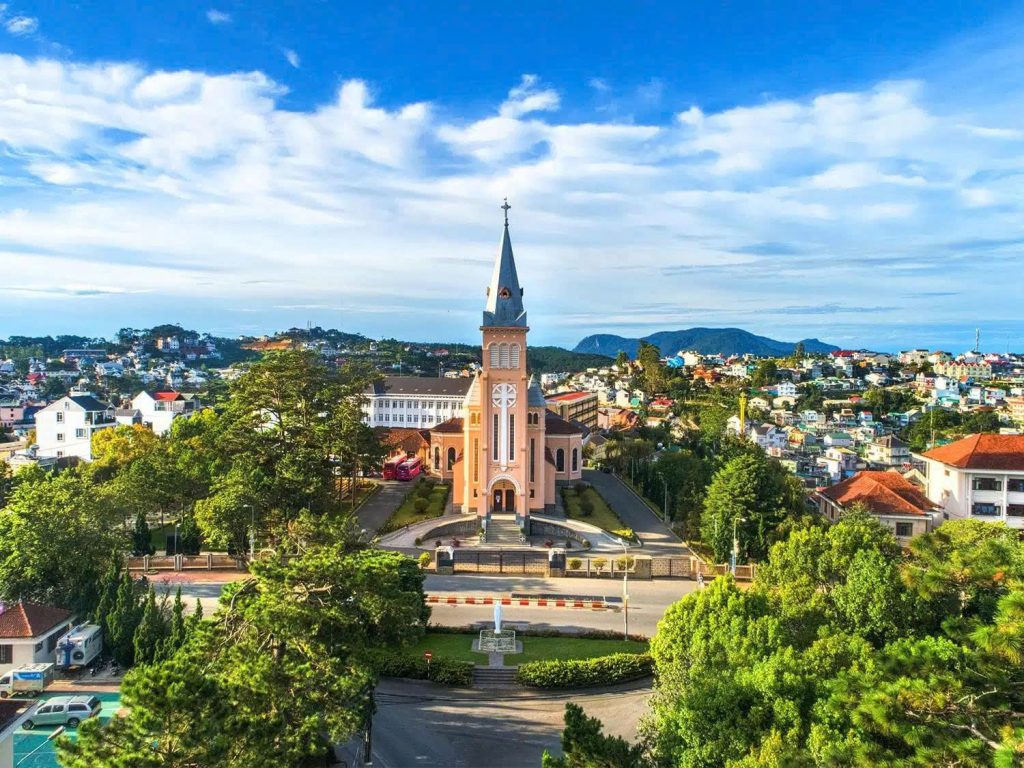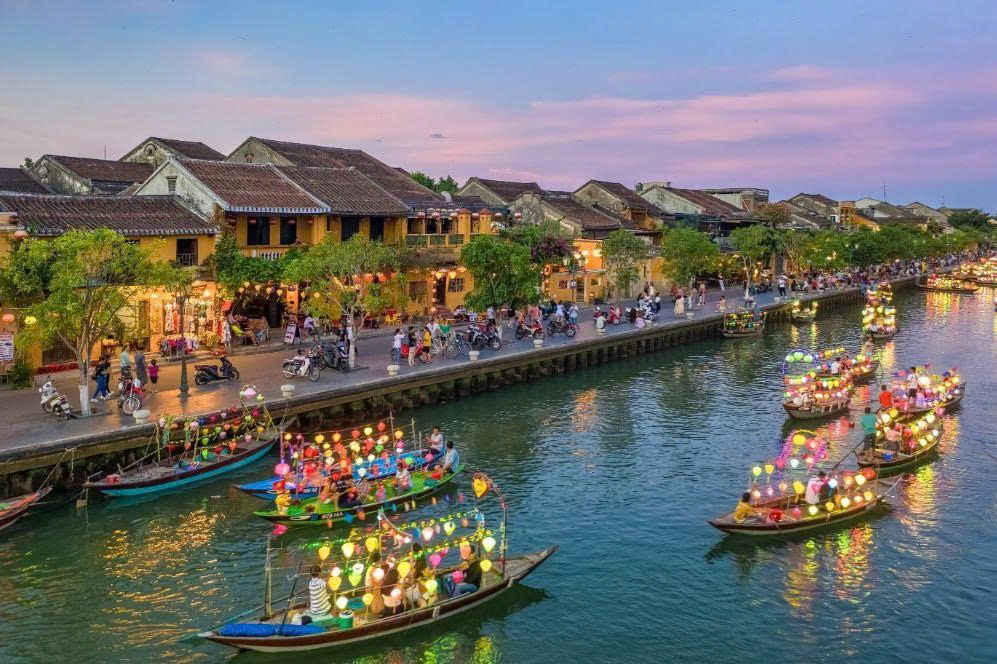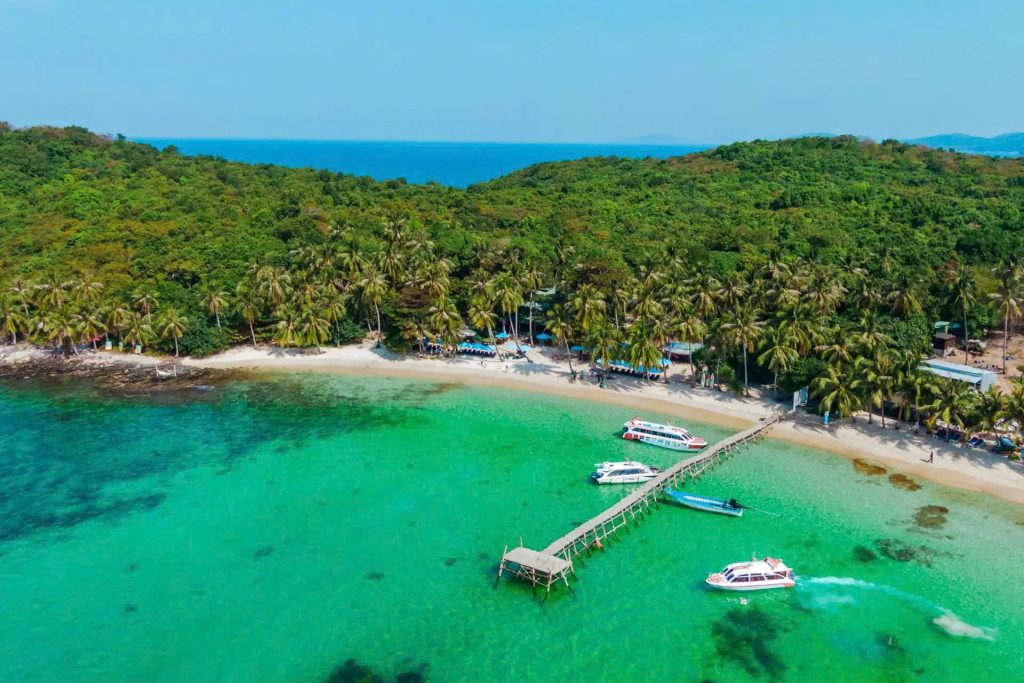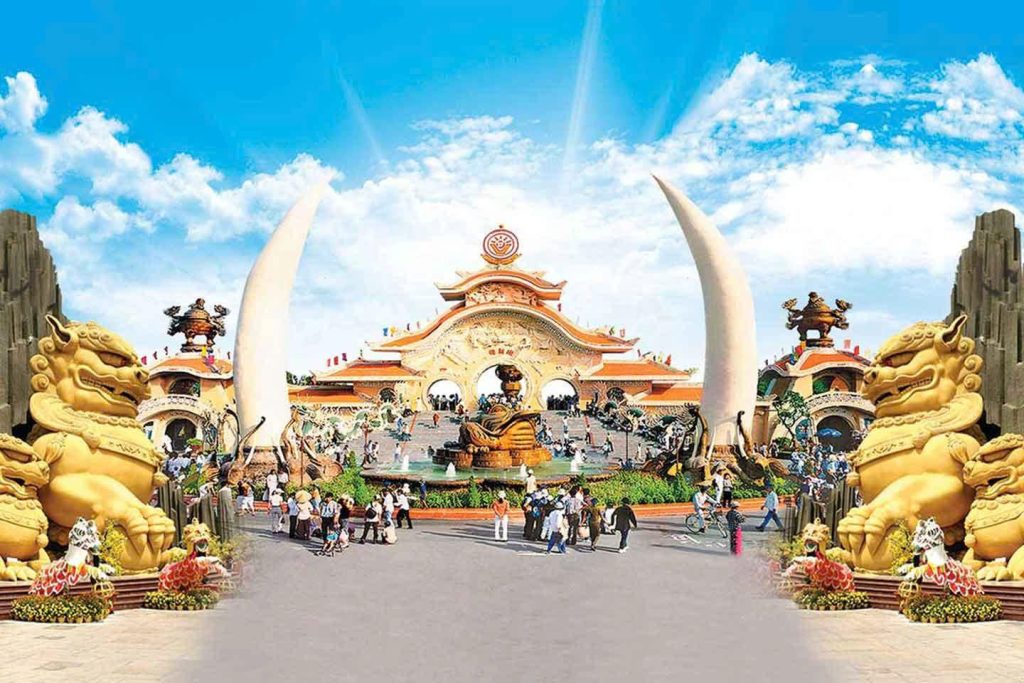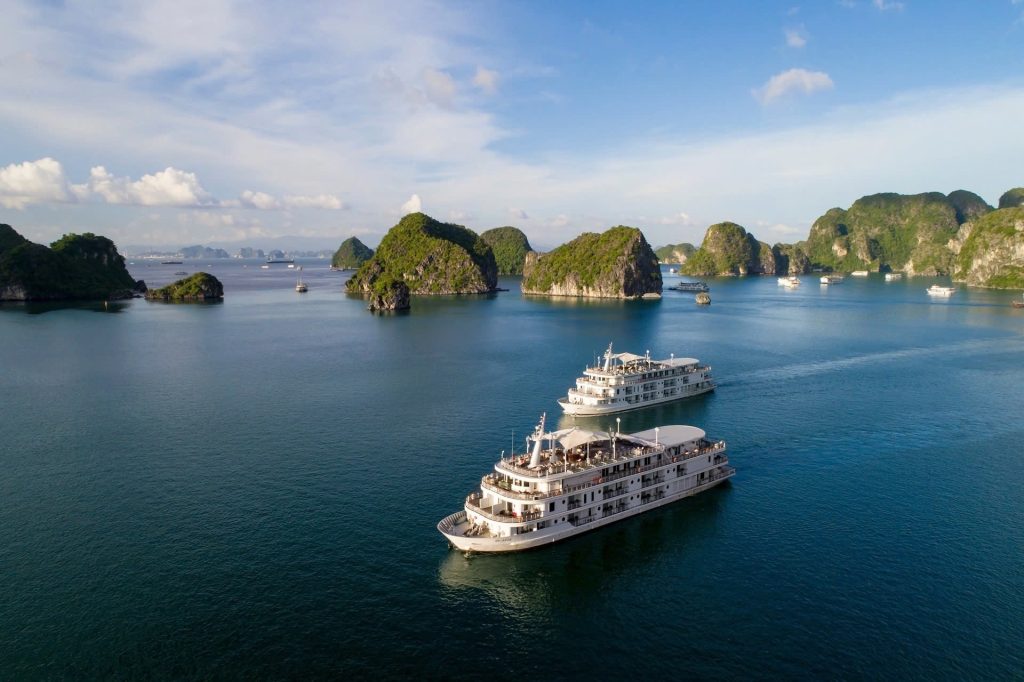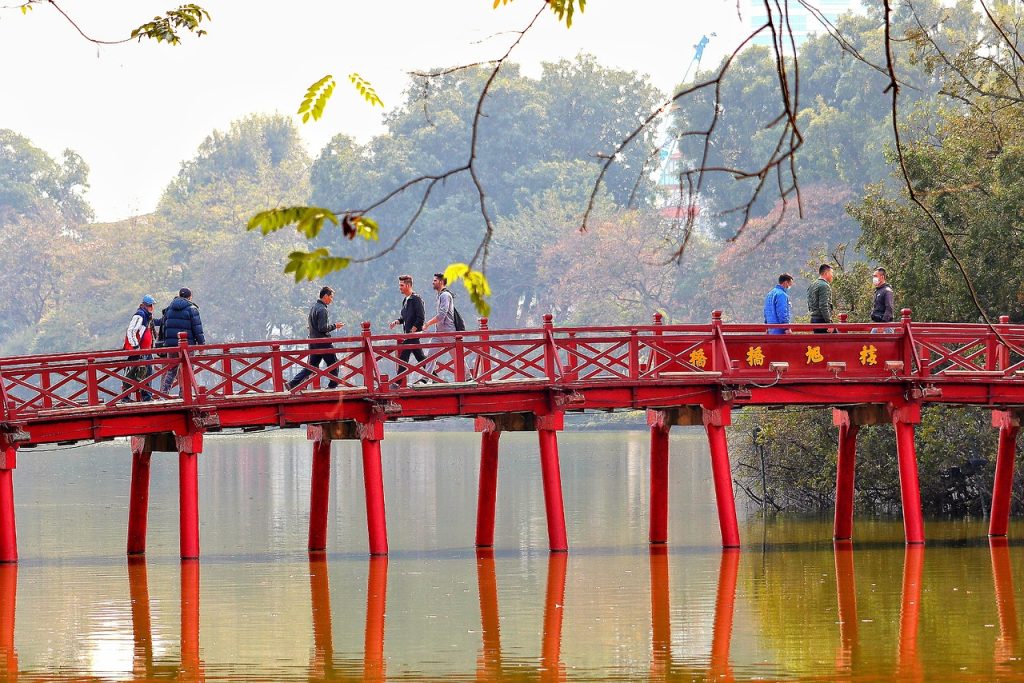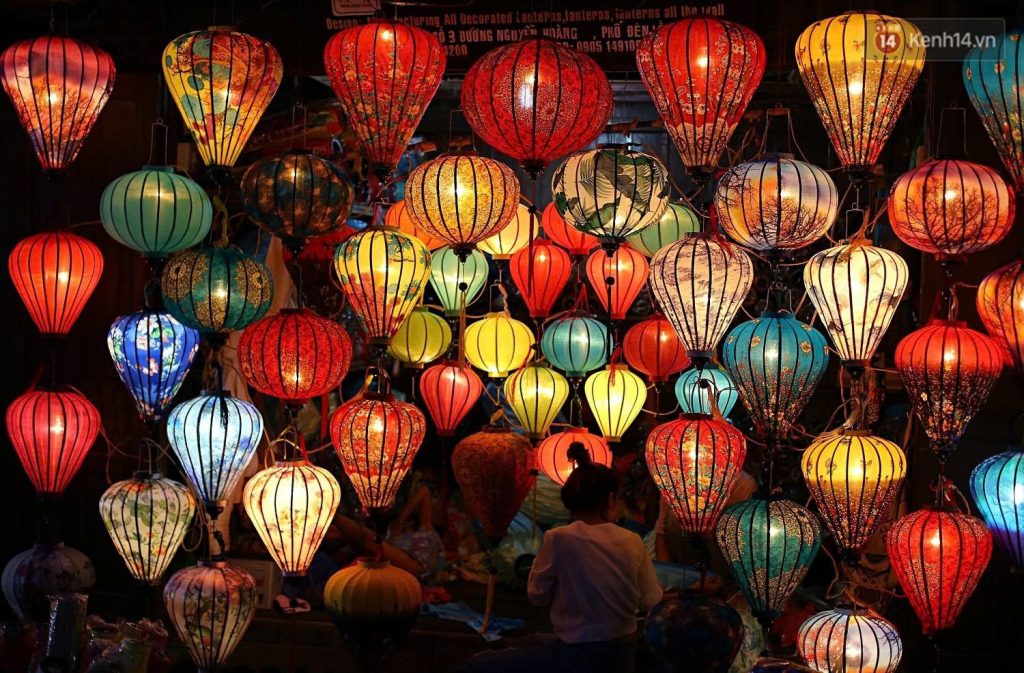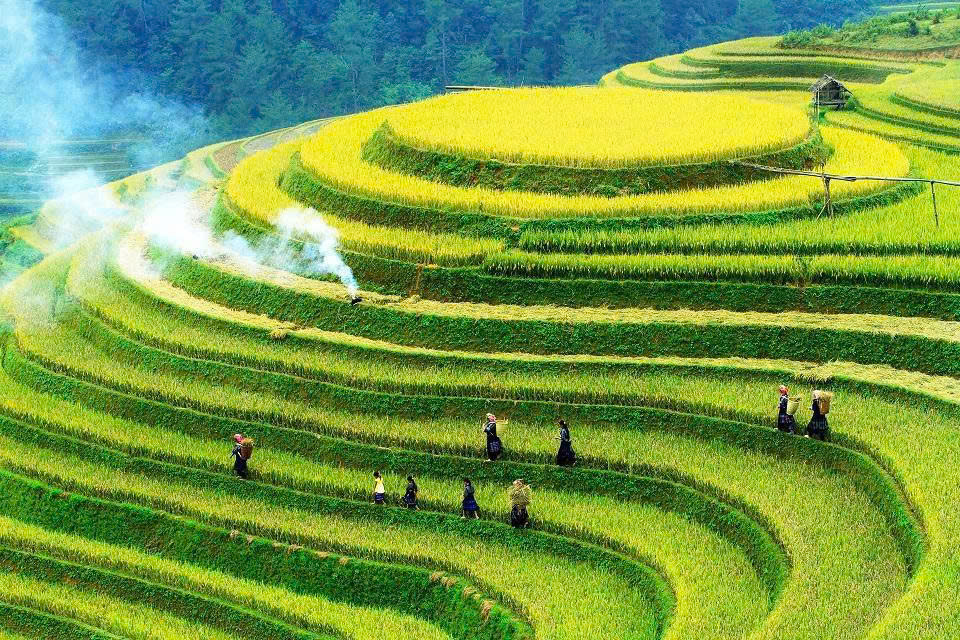Vietnam, a nation renowned for its resilience, breathtaking landscapes, and culinary genius, stretches over 1,650 kilometers (1,025 miles) along the eastern coast of the Indochinese Peninsula. This immense geographical span—often likened to a carrying pole with two baskets of rice (the Red River and Mekong Deltas)—creates a profound and captivating dichotomy between its Northern and Southern regions. For the discerning global traveler, the critical first step in planning a Vietnamese sojourn is determining where to begin: the ancient, mountainous heart of the North or the dynamic, tropical pulse of the South.
This article serves as the definitive guide, delving deep into the unique characteristics of each region, scrutinizing their cultural offerings, geographical features, culinary signatures, and logistical considerations to help you answer the pivotal question: North vs South Vietnam: Which Should Explore First.
1. Understanding the Geopolitical and Geographical Foundations of Vietnam
Before examining the attractions, it is essential to understand the fundamental differences that shape the experiences in each region.
The North: Cradle of Civilization and Dramatic Topography
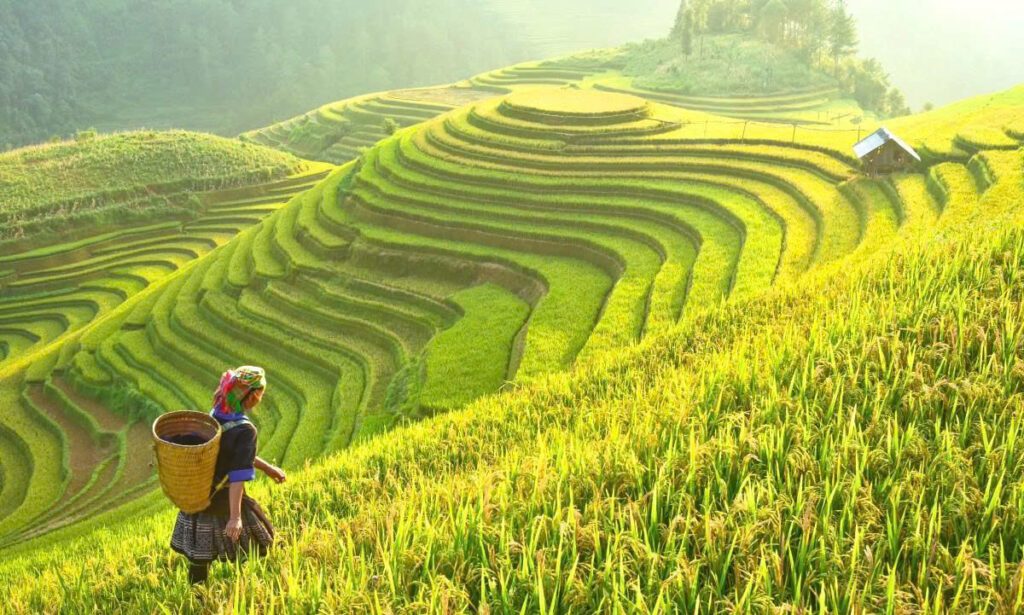
Northern Vietnam is often cited as the crucible of Vietnamese civilization. Historically, it was the seat of power for successive dynasties, deeply influencing its cultural identity and architectural heritage. Geographically, it is characterized by mountainous terrain, the iconic limestone karsts seen in the Gulf of Tonkin, the ancient Red River Delta, and a distinct four-season climate. This region is home to the nation’s political and historical capital, Hanoi.
The South: The Modern Frontier and Tropical Abundance
In contrast, Southern Vietnam is geographically defined by flat, fertile plains, most notably the vast Mekong River Delta. It boasts a consistent tropical climate and embodies a more modern, rapidly developing, and economically bustling atmosphere. While the North represents the past, the South, anchored by Ho Chi Minh City, often represents the nation’s future and its modern economic dynamism. Its expansive river systems and extensive coastline contribute to a diverse, resource-rich environment.
2. The Allure of Northern Vietnam: Culture, History, & Majestic Landscapes
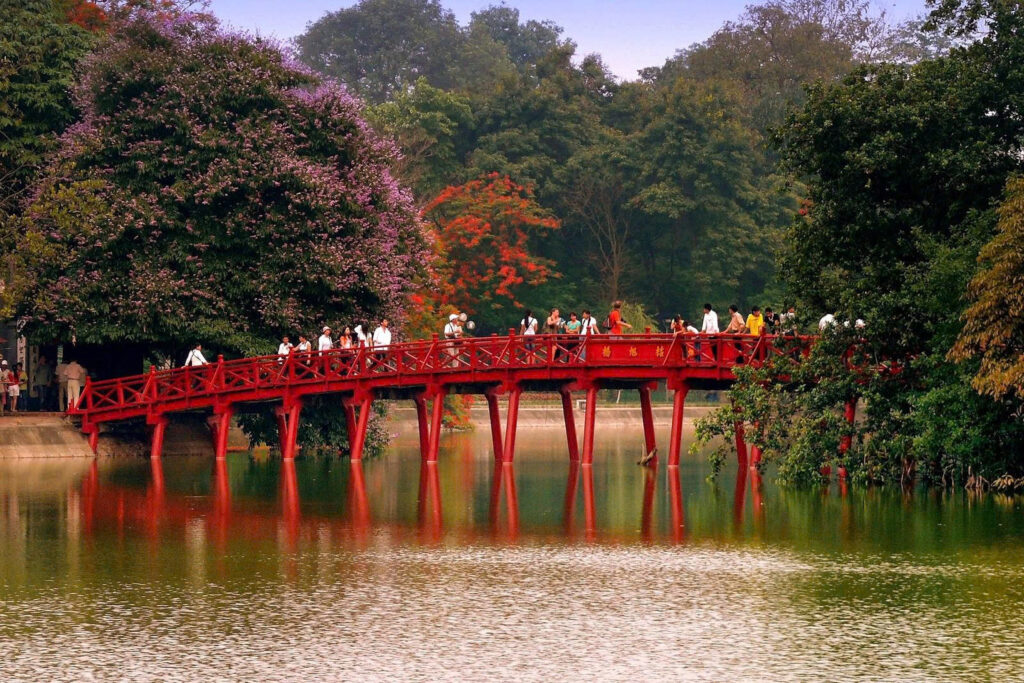
For travelers seeking a profound connection with Vietnam’s history and an immersion in majestic, often dramatic, natural scenery, the North presents an undeniable appeal. It offers a tangible sense of ancient heritage and a slower, more traditional pace of life, making it a powerful contender in the North vs South Vietnam: Which Region Should You Explore First? debate for the culturally inclined.
Historical & Cultural Gems: The Ancient Heart
The cultural landscape of Northern Vietnam is rich with layers of history, from millennia-old temples to meticulously preserved colonial architecture.
Hanoi: The Elegant Capital City
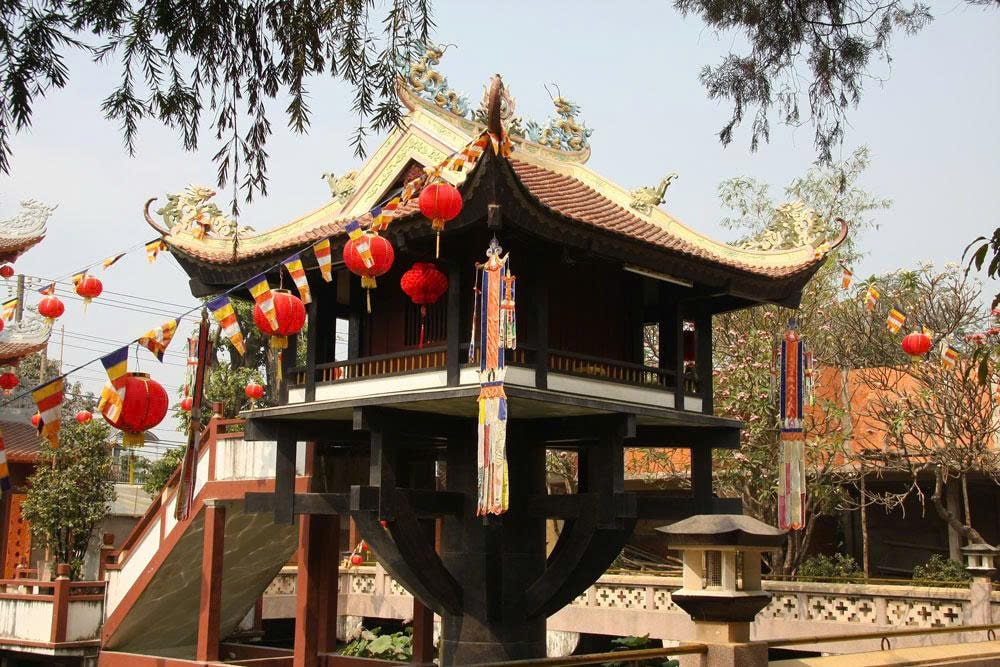
Hanoi, the venerable capital, is an essential starting point. Its Old Quarter, a labyrinth of 36 guild streets, offers a fascinating glimpse into traditional commerce and urban life. Beyond the bustling streets, you find tranquility in sites like the Temple of Literature (Vietnam’s first national university) and the One Pillar Pagoda. The city’s French colonial heritage is beautifully displayed in its tree-lined boulevards, grand opera house, and the Presidential Palace area. Hanoi provides a deep, authentic dive into the nation’s soul.
RELATED: Discover Hanoi 3 days 2 nights: Detailed Itinerary
Hoa Lu & Tam Coc (Ninh Binh): “Halong Bay on Land”
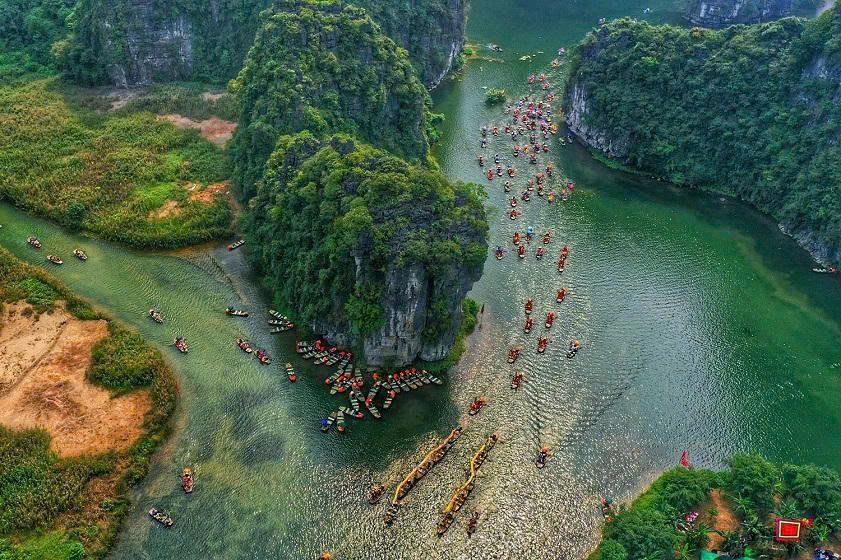
A short drive from Hanoi, the region of Ninh Binh, particularly Hoa Lu (the site of Vietnam’s 10th-century capital) and Tam Coc, offers scenery often dubbed “Halong Bay on land.” Here, dramatic limestone karsts emerge from verdant rice paddies, traversed by serene riverboat rides. This area provides not only stunning photography opportunities but also a tangible link to Vietnam’s ancient royal history.
Natural Wonders: Mountains, Karsts, and Deltas
The Northern landscape is characterized by its powerful and awe-inspiring natural formations, perfect for the adventurous traveler.
Halong Bay: The Iconic UNESCO World Heritage Site
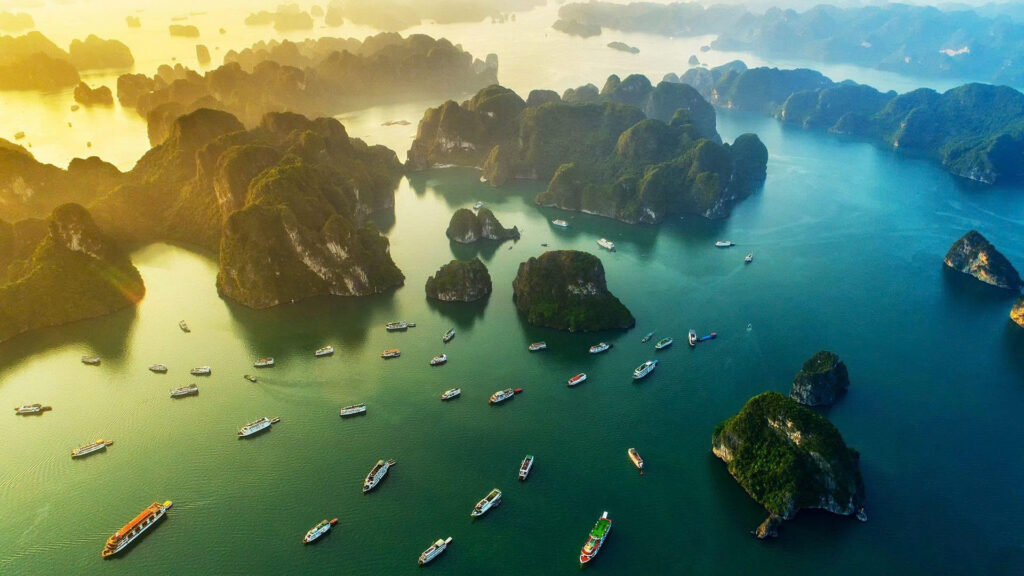
No discussion of Northern Vietnam is complete without mentioning Halong Bay, a UNESCO World Heritage Site. Famous for its emerald waters dotted with thousands of towering limestone islands topped with lush rainforests, a cruise through this bay is universally regarded as an iconic and quintessential Vietnamese experience. The scale and sheer beauty of the karst formations are unmatched globally.
RELATED: Halong Bay Cruise: Overnight vs. Day Trip – Best for Your Vietnam Trip?
Sapa & the Hoang Lien Son Mountains
For a different type of natural wonder, travelers venture to Sapa in the far north. Located high in the Hoang Lien Son mountains, Sapa is renowned for its magnificent terraced rice fields that cascade down steep valleys like giant stairways. It is a hub for authentic cultural exchange, offering trekking opportunities and homestays within the villages of various ethnic minority groups, such as the Hmong and Dao peoples.
The Ha Giang Loop: The Adventurer’s Call
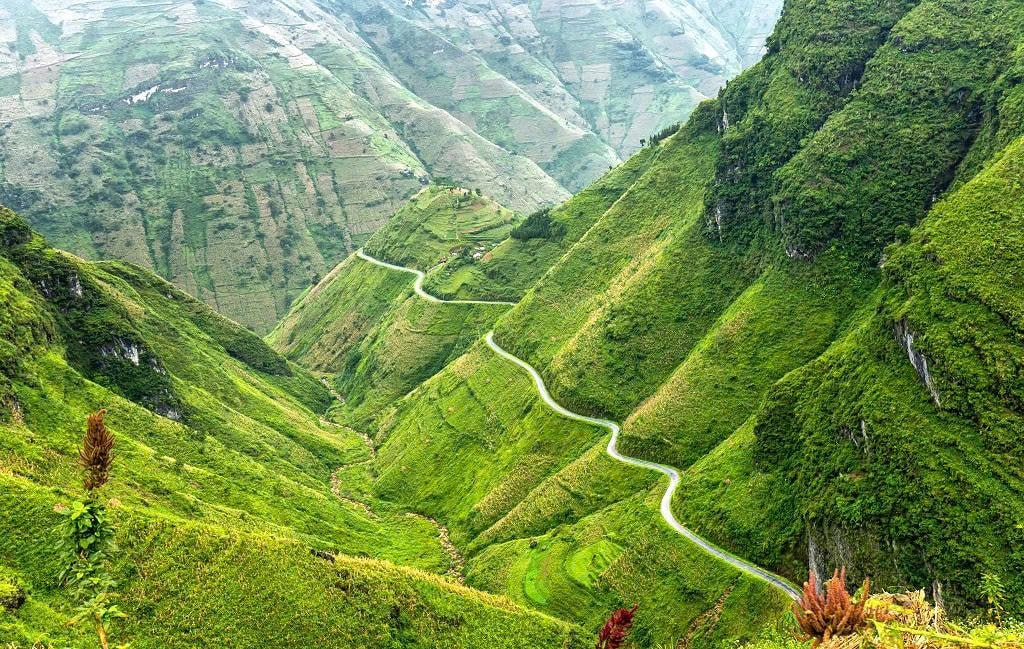
For the truly adventurous, the Ha Giang Loop offers one of Vietnam’s most spectacular road trips. This winding route along the Chinese border features breathtaking views, dizzying mountain passes, and a raw, untamed landscape, making it a pilgrimage site for motorcyclists and hardcore trekkers.
Unique Culinary Experiences: Subtle and Balanced Flavors
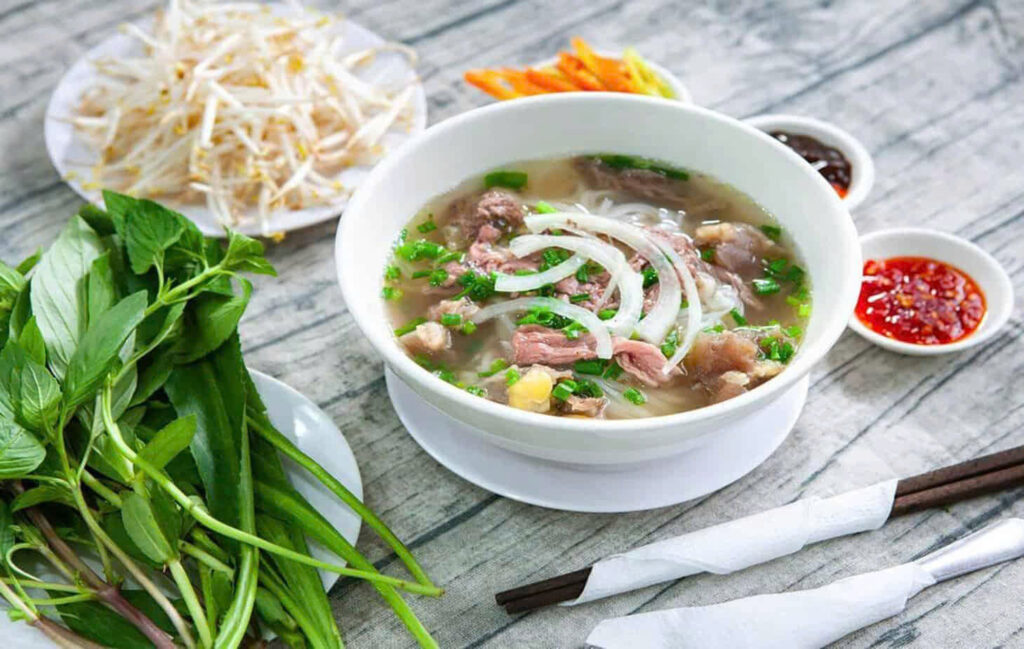
Northern cuisine reflects its historical and geographical context: it is often characterized by subtle and balanced flavors, focusing on fresh ingredients without excessive sweetness or spiciness.
- Phở (Beef Noodle Soup): Widely considered to have originated in the North, this quintessential Vietnamese dish is an art form—a perfect balance of savory broth, tender beef, and fresh herbs.
- Bún Chả (Grilled Pork with Vermicelli): A Hanoi specialty featuring perfectly grilled pork patties and slices served in a slightly sweet fish sauce-based broth with vermicelli noodles and fresh vegetables.
- Cà Phê Trứng (Egg Coffee): A unique, rich, and creamy coffee creation from Hanoi, a must-try for any visitor.
Climate Considerations for Northern Vietnam
The North is the only region in Vietnam to experience four distinct seasons.
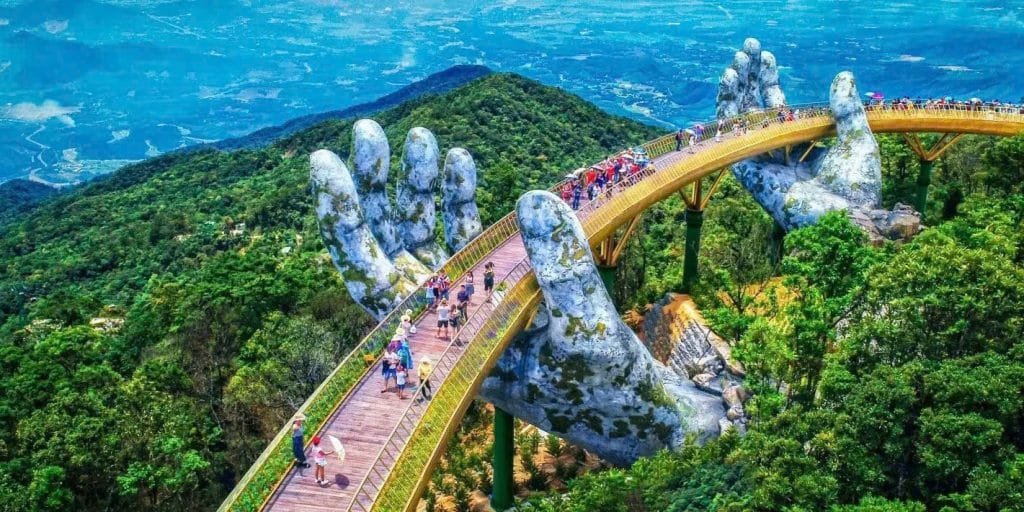
- Best Time to Visit: Autumn (September to November) is ideal, offering pleasant temperatures, sunny skies, and low humidity. Spring (March to April) is also mild and beautiful.
- Seasonal Caution: Winters (December to February) can be surprisingly cold and foggy, especially in mountainous areas like Sapa, which might deter travelers seeking warm-weather outdoor activities.
3. The Vibrancy of Southern Vietnam: Modernity, Beaches, & Mekong Delta
Southern Vietnam offers a dramatically different experience. It pulses with a dynamic, commercial energy, offers consistent tropical warmth, and provides access to diverse landscapes ranging from massive urban centers to tranquil riverine deltas and pristine beaches. This is the region for travelers who prioritize energy, tropical climate, and modern infrastructure.
Bustling City Life and War History: Ho Chi Minh City
The South’s energy is best embodied in its largest and most famous metropolis.
Ho Chi Minh City (Saigon): A Dynamic Metropolis
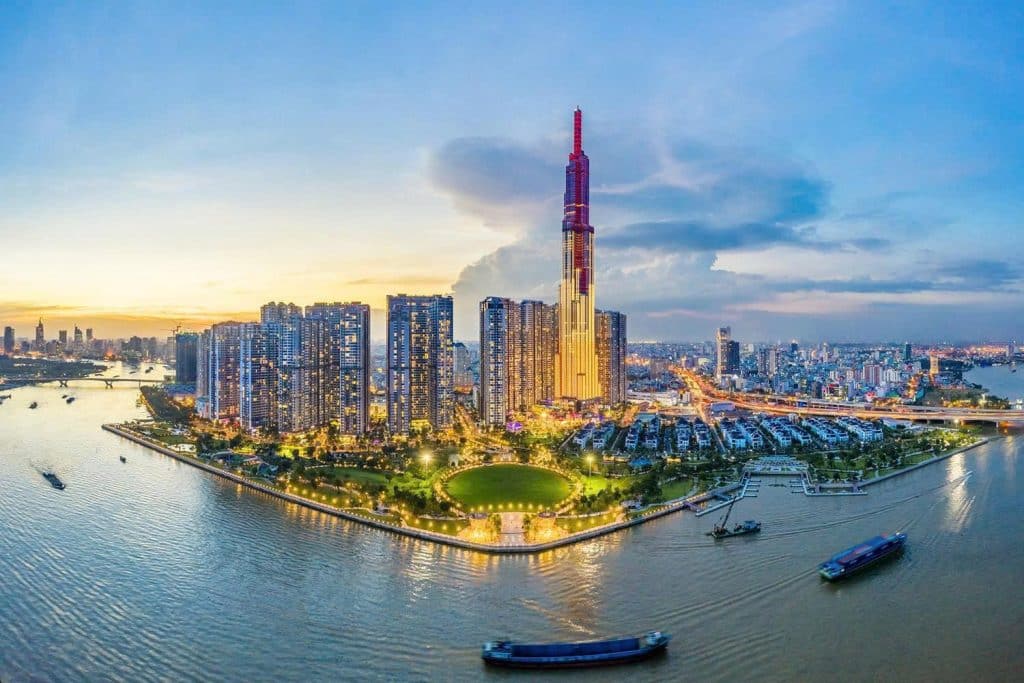
Ho Chi Minh City (HCMC), still widely referred to as Saigon, is Vietnam’s economic powerhouse and most dynamic city. It is a hub of commerce, fashion, and vibrant nightlife. Visitors flock to key historical and cultural sites: the sobering War Remnants Museum, the stunning French colonial architecture of Notre Dame Cathedral and the Central Post Office, and the chaotic energy of Ben Thanh Market. The city offers a rapid, modern pulse that contrasts sharply with Hanoi’s more reserved elegance.
Cu Chi Tunnels: A Sobering Insight
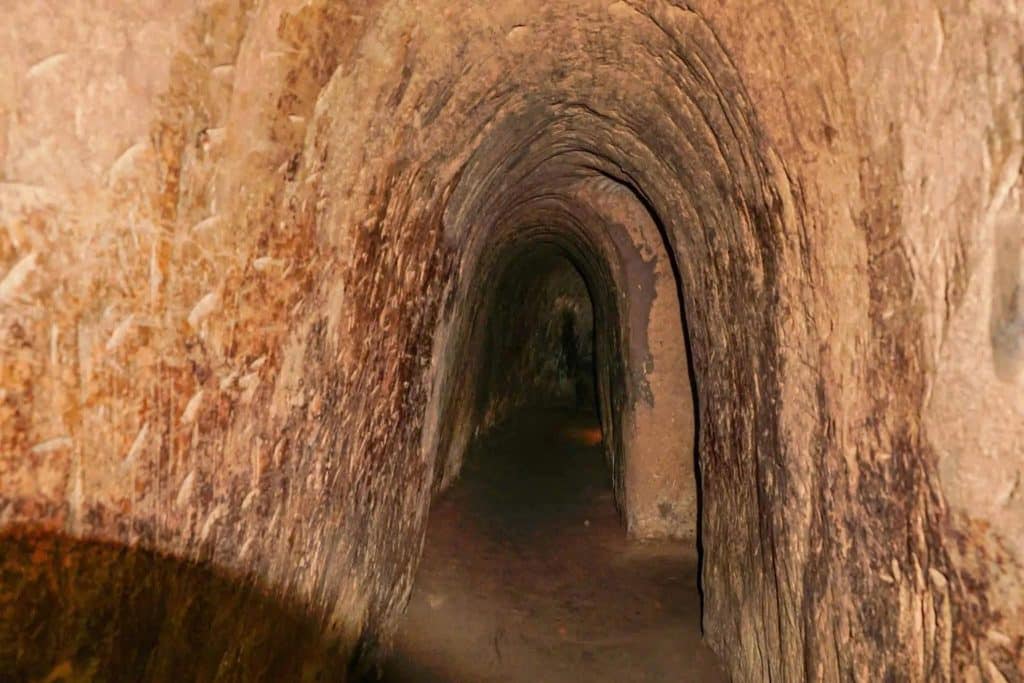
A crucial historical site near HCMC is the Cu Chi Tunnels, an immense, fascinating network of underground tunnels used by Viet Cong soldiers during the Vietnam War. Exploring this site offers a powerful, albeit sometimes claustrophobic, historical insight into the ingenuity and resilience displayed during the conflict.
RELATED: Top 15 Things to Do in Ho Chi Minh City: Ultimate Saigon Vibe
Island & Beach Getaways: Sun and Sand
For travelers whose primary goal is relaxation, water sports, and beach life, the South is unmatched in the North vs South Vietnam: Which Should You Explore First? decision.
Phu Quoc: Vietnam’s Premier Island Destination
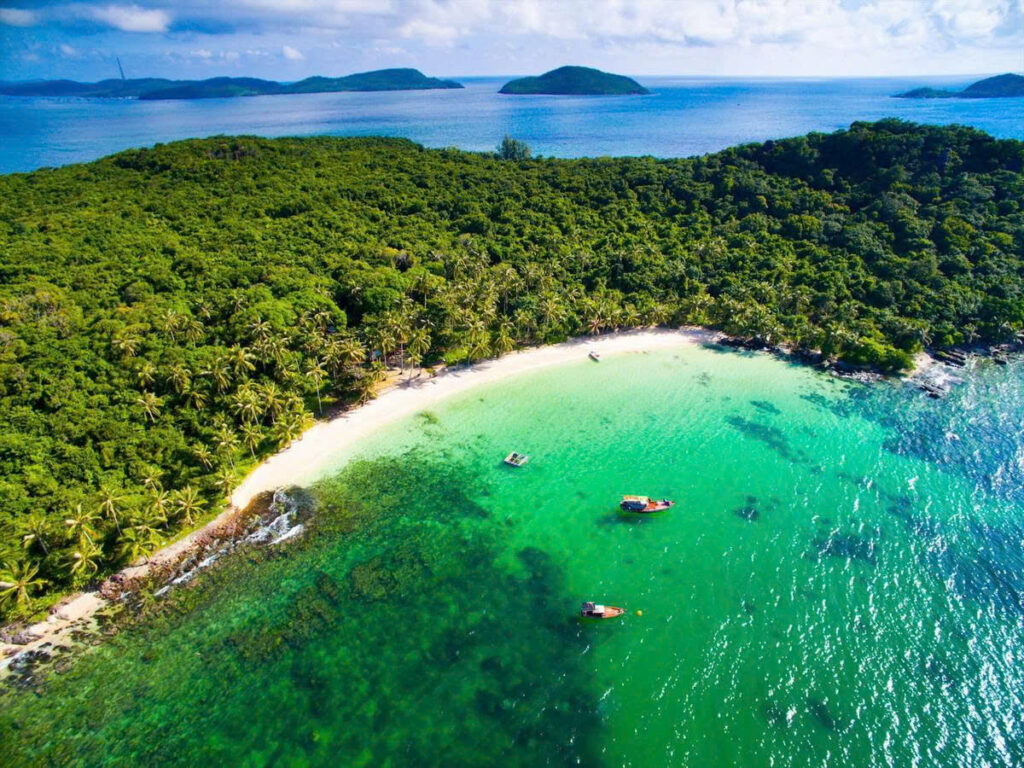
Phu Quoc is Vietnam’s largest island, rapidly developing into a world-class destination. It is famed for its stunning white-sand beaches, crystal-clear waters, and a burgeoning resort scene. It’s an ideal spot for relaxation, diving, and water sports, boasting a distinctly tropical feel.
Mui Ne and Con Dao: Diverse Coastal Experiences
The coastal town of Mui Ne is a unique spot, known for its surreal red and white sand dunes and consistent strong winds, making it a magnet for kitesurfing and windsurfing enthusiasts. Meanwhile, the Con Dao archipelago offers a more secluded, luxury experience with pristine beaches, excellent diving, and a poignant history as a former penal colony.
The Charm of the Mekong Delta: The Rice Bowl
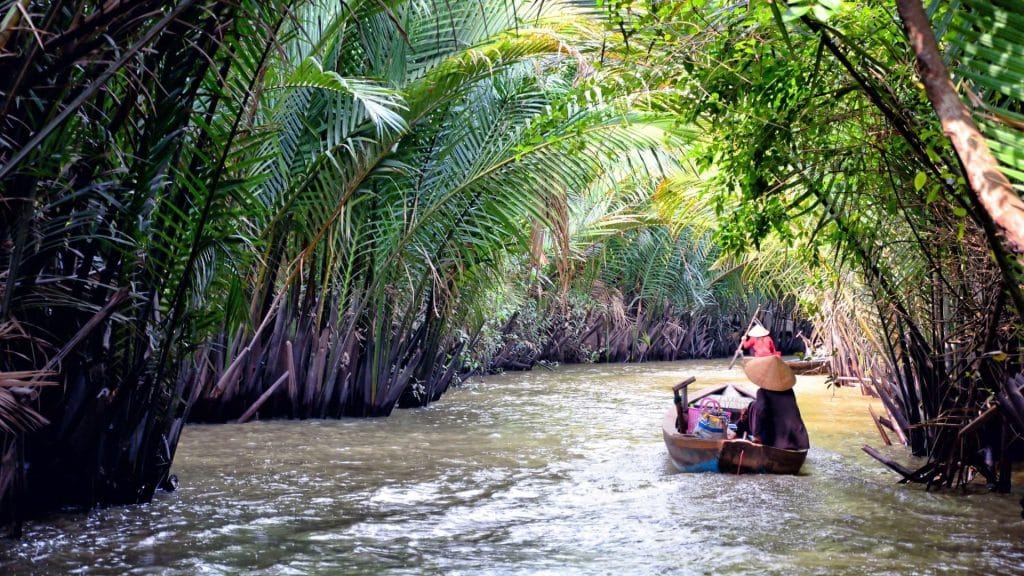
Southwest of HCMC lies the vast, fertile Mekong Delta, often called the “rice bowl” of Vietnam. This region is a mesmerizing tangle of rivers, canals, and lush greenery.
- Riverine Exploration: Visitors take boat trips to explore the local life, visiting Cai Rang Floating Market (near Can Tho) to witness the unique spectacle of commerce on water, touring fruit orchards, and experiencing the unique, slower pace of life along the waterways. The Delta is a truly unique geographical and cultural experience.
Culinary Delights: Sweet, Spicy, and Herbaceous

Southern Vietnamese cuisine is often defined by its tropical abundance. It is generally characterized by a sweeter profile, a generous use of fresh herbs, and a noticeable spiciness compared to the North.
- Phở Nam (Southern Pho): While the dish is Northern in origin, Southern Pho is typically sweeter, features a clearer broth, and is served with a much wider array of fresh herbs, bean sprouts, and lime wedges for self-seasoning.
- Bánh Mì (Vietnamese Sandwich): While found everywhere, the Southern variety often showcases the most complex and delicious fillings, cementing its status as a world-class street food.
- Cà Phê Sữa Đá (Iced Coffee with Condensed Milk): This strong, sweet, and iconic beverage is a Southern staple, perfectly suited to the tropical heat.
RELATED: Best Vietnamese Food: 15 Dishes You Can’t Miss
Climate Considerations for Southern Vietnam
The South enjoys a tropical climate, primarily divided into two main seasons, offering reliably warm weather year-round.
- Best Time to Visit: The Dry season (December to April) is characterized by sunny days and consistently warm temperatures, making it the ideal period for beach activities and urban exploration.
- Seasonal Caution: The Wet season (May to November) brings short, heavy afternoon downpours. While they rarely last all day, they can disrupt afternoon plans.
4. North vs South Vietnam: Which Region Should You Explore First?
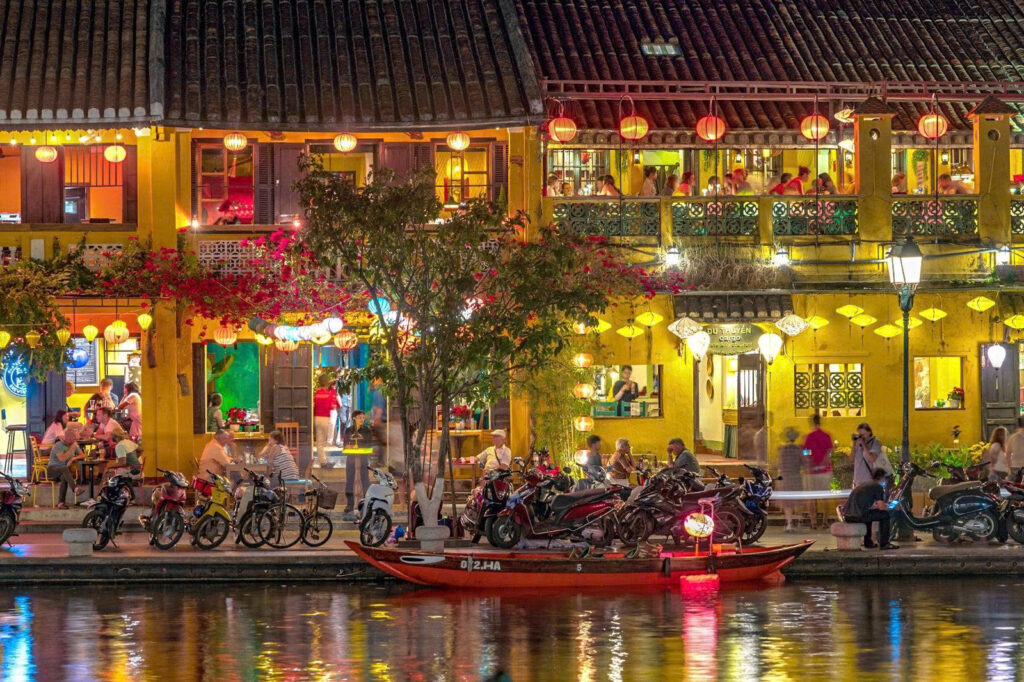
To finalize your decision, a direct comparison of the key traveler experience features is invaluable.
| Feature | Northern Vietnam | Southern Vietnam |
| Culture & History | Deeply traditional, ancient heritage, colonial influence, historical capital (Hanoi). Focus: Ancient Dynasties. | More modern, vibrant, influenced by trade, prominent recent war history (HCMC, Cu Chi). Focus: Commerce & Modernity. |
| Natural Landscapes | Majestic mountains (Sapa), dramatic limestone karsts (Halong Bay), ancient river delta (Red River). | Flat, fertile Mekong Delta, beautiful tropical islands (Phu Quoc), unique coastal formations (Mui Ne). |
| Cuisine | Subtle, balanced, savory flavors; iconic Pho, Bun Cha. | Sweeter, spicier, more liberal use of fresh herbs; vibrant street food. |
| Climate | Four distinct seasons (cold winters, hot summers, pleasant autumn/spring). | Tropical, two seasons (dry and wet), consistently warm year-round. |
| Vibe & Pace | More traditional, slower pace, often described as more reserved and formal. | Dynamic, fast-paced, bustling, more outwardly friendly and commercial. |
| Travel Cost | Generally slightly lower cost of living and travel, especially in non-major cities. | Can be slightly higher in major cities like HCMC due to modern amenities. |
| Ideal for | History Buffs, Trekkers, Cultural Immersion, Nature Lovers. | Beach Lovers, City Explorers, Nightlife Seekers, Tropical Warmth Seekers. |
5. Making Your Decision: Aligning Vietnam with Your Travel Style
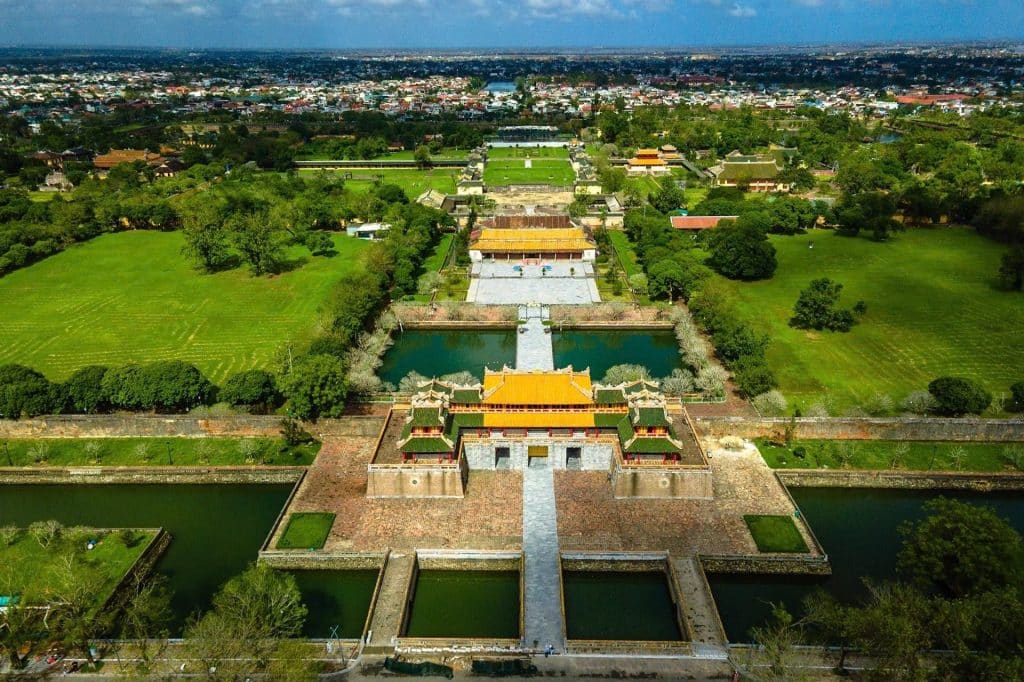
The ultimate choice between North and South is deeply personal, hinging on your travel style, interests, and logistical constraints.
Your Travel Style & Interests: The Core Consideration
Ask yourself these clarifying questions to determine the optimal starting point:
- Are You a History Buff or a Beach Bum? If the romance of ancient temples, mountain treks, and historical narratives of the nation’s origins excites you more than sunbathing and resort life, you should lean decisively towards the North. If pristine beaches, tropical warmth, and vibrant city nightlife are your non-negotiables, the South is your calling.
- Do You Prefer Alpine Heights or Riverine Deltas? The North offers the truly breathtaking, epic scale of mountain adventures and dramatic limestone karsts. The South provides the unique, fascinating experience of the Mekong Delta, a sprawling water-based world unlike any other.
- Do You Seek Cultural Immersion or Modern Comforts? The North offers a more traditional, perhaps more rustic, immersion in Vietnamese heritage. The South offers more contemporary amenities, luxury resorts, and a faster, more internationally influenced pace.
Logistics and Time Management

Your available time is a critical, non-negotiable factor in the North vs South Vietnam: Which Region Should You Explore First? equation.
- Short Trip (5-7 days): Focus on One Region. Trying to cram both the North (Hanoi, Halong Bay) and the South (HCMC, Mekong) into a brief trip will inevitably lead to exhaustion, high transit costs, and superficial, rushed experiences. Choose one and delve deeper.
- Longer Trip (2+ weeks): Consider Both, Plus the Centre. With a two-week itinerary or more, you can comfortably travel between regions, often incorporating Central Vietnam (the historical capital of Hue, the lantern-lit charm of Hoi An, and the modern city of Da Nang) as a natural, essential bridge between the two ends of the country.
The Factor of Timing: Seasonal Travel
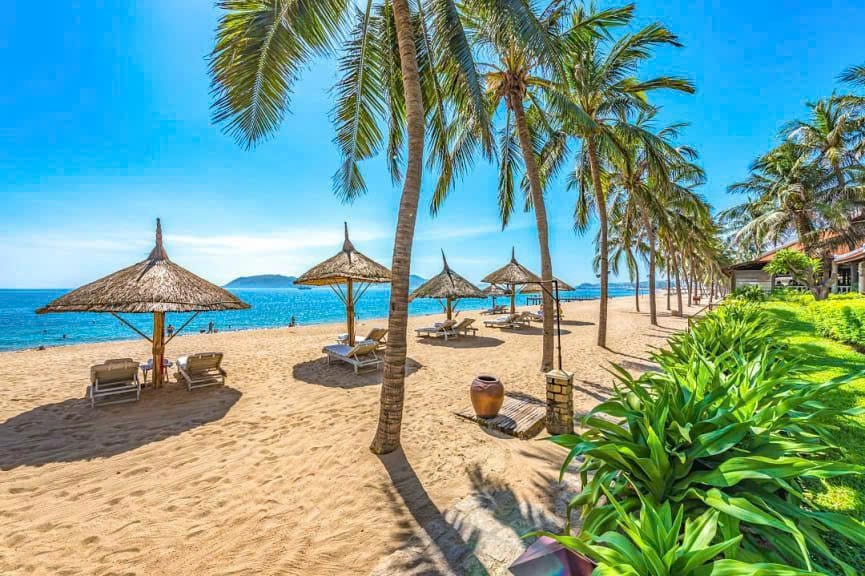
- Traveling in Winter (December-February): If your travel falls during this period, the South will offer warm, sunny, and dry weather—perfect for beaches. The North will be chilly, foggy, and potentially quite cold, especially in the mountains.
- Traveling in Summer (June-August): Both regions are hot, but the North experiences intense heat and humidity, while the South begins its rainy season (heavy, short afternoon showers).
RELATED: Best Time to Visit Vietnam: Weather by Month & Tips
Ultimately, there is no single “best” region to visit first. Your ideal starting point in the North vs South Vietnam: Which Region Should You Explore First? debate depends entirely on the kind of memories you wish to create.
If your heart yearns for ancient history, breathtaking mountains, a classic four-season climate, and a deep cultural dive, begin your journey in Northern Vietnam.If you are drawn to bustling city life, dynamic commerce, consistent tropical warmth, stunning beaches, and unique riverine landscapes, then Southern Vietnam is your perfect initial destination.
No matter your choice, Vietnam promises an extraordinary adventure filled with profound contrasts, genuinely warm hospitality, world-class cuisine, and unforgettable sights. Do your research, align your choice with your personal travel philosophy, and prepare for a truly spectacular journey along the S-curve of Asia.
Check availability and tours prices here: Klook

